New materials constitute the interface between creativity and the applicability of an idea in modern architecture. GRC is one such material acting like a catalyst in changing the thought process between the architect and the designer. GRC Applications has gained the favor of architects who want to muffle the distinction between aesthetics and performance because of its strength, lightness, and design flexibility.
From intricate facades to urban furniture, the possibilities are unlimited, since GRC can be molded into almost any shape with varied textures and colors, thereby catering to everything from modern to traditional styles of architecture. We have listed the top 10 applications of GRC in contemporary architecture for our readers to give them a glimpse of how this material has redefined design and construction.
-
GRC Applications Facades
Of the many GRC facade works, multi-storied buildings and commercial projects remain very common. Being relatively light, 7mints works to make their installation easier when compared to concrete panels; they also allow less load to be applied on the building structure. As a favorite among architects, GRC can be given stone, wood, or metal texture finishes, all with a modern twist. It is durable and weather-resistant, maintaining its appearance when exposed to severe climatic conditions.
-
Decorative Screens and Panels
GRC decorative screens represent just one of the many ways to beautify and embellish the building. These panels allow for natural ventilation and lighting but are also meant to provide privacy. They may be designed according to the needs of the facilities with intricate patterns and geometric designs that refer to either cultural or contemporary inspirations. Decorative GRC screens have, in recent architecture, found applications in hotels, malls, and residential complexes as an expression of individuality.
-
GRC Cornices and Mouldings
Cornices and moldings made of GRC can present the opportunity to visually convert an ordinary structure into a statement-making piece of art. Designers create lightweight, easy-to-install GRC elements that replicate architectural styles of the past or embrace the clean lines of contemporary design. In addition, GRC cornices resist cracking and chipping, and that durability ensures they will retain their sharp lines for many years.
-
Columns and Pillars by GRC
Columns and pillars bear both structural and decorative value in architecture. GRC columns are available in multiple designs—from the classical Corinthian to sleek minimalist designs for modern spaces—giving architects a complete creative license. GRC columns are a lot lighter in comparison to stone or solid concrete ones and are consequently easier to carry and install.
-
GRC Cladding Systems
Cladding has the very basic function of protecting the exterior walls of a structure from weathering, apart from imparting an aesthetic look. GRC cladding panels present an inexpensive alternative to natural stone or metal while permitting virtually the same amount of artistic expression at a much lower weight. Cladding made from GRC also keeps a building well-insulated and weather-resistant, thus energy-efficient.
-
GRC Balustrades
The shapes can follow the traditional designs or exhibit a sculptural, truly contemporary flair as an expression of the architect’s intent. GRC balustrades are very tough and weather-resistant and practically require no maintenance at all. The availability of various designs and colors for customization makes them merge perfectly with both residential and commercial projects.
-
GRC Planters and Landscaping Features
Big planters of GRC are lightweight yet sturdy and suitable up top, on rooftops, in gardens, and in various other premises. The planters can be in myriad forms and styles—from understated minimalist to lavish classical. Given their weather-resistant nature, these planters will not deteriorate in austere climates; hence, they are a more livable option for city greenery.
-
GRC Urban Furniture
The furniture for modern city locales needs to be utilitarian, durable, and aesthetically appealing. Its properties give the designer the capacity to come forth with interesting shapes, curves, and textures that complement, rather than detract from, the public spaces. The furniture is resistant to vandalism, fading from UV rays, and weathering, making it one of the most environmentally conscious and least demanding options in cities.
-
GRC Domes and Roof Elements
-
Signages and Branding Elements with GRC
Why GRC Applications is the Future of Architectural Design
The popularity of GRC in modern architecture has grown with good reason. It has a very neutral environmental impact since GRC production uses less raw material than traditional concrete. It is low in weight and low in transportation and has low installation costs. Its longevity helps maintain durability, increasing the lifespan of structures or decorative items.
Custom designs mean that no material constraints restrict architects from working with their ideas. From a skyscraper to a cultural heritage restoration, GRC is now a perfect canvas for all kinds of creative conceptions.
Conclusion
From facades to furniture, GRC is making a mark in modern architecture, offering an explosion of versatility and durability with design excellence. The implications presented in the top 10 applications are but a few examples of how versatile this material is and how it is able to fulfill modern design needs.
Whether you are an architect trying to stretch creative boundaries or a developer searching for a qualified and good-priced solution, or maybe a homeowner looking forward to a modern makeover by investing in the new material, GRC can be the one.
Gearing up for GRC solutions for your next project? Contact us and partner with industry experts who will understand your vision and translate it into an innovative design and build with power and reliability.


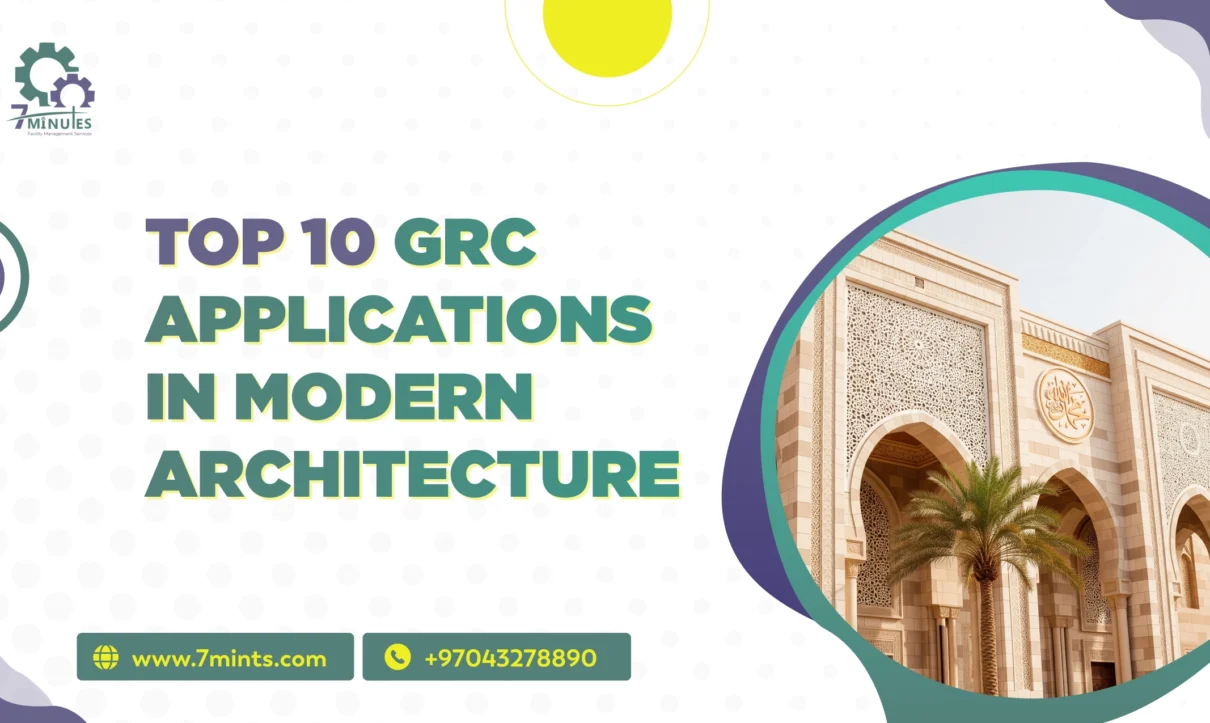


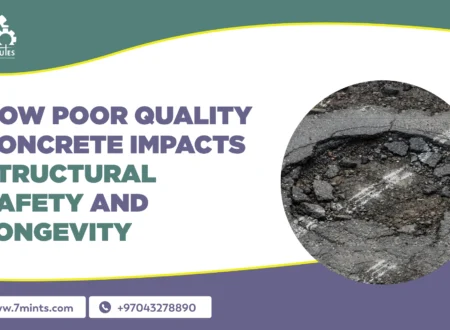
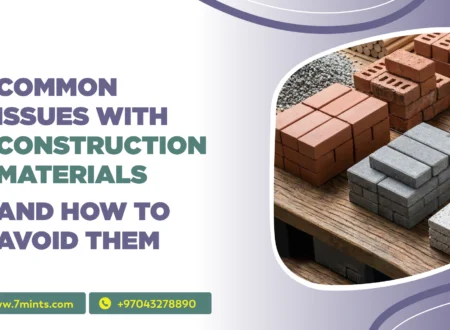
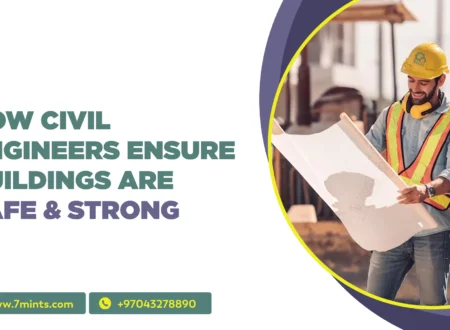
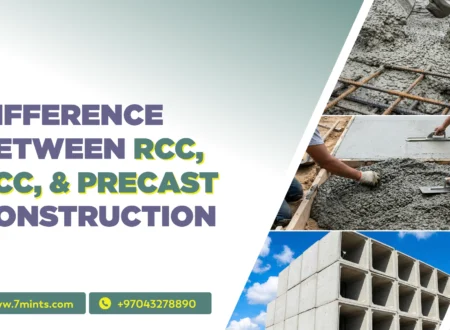

1 Comment
Comments are closed.